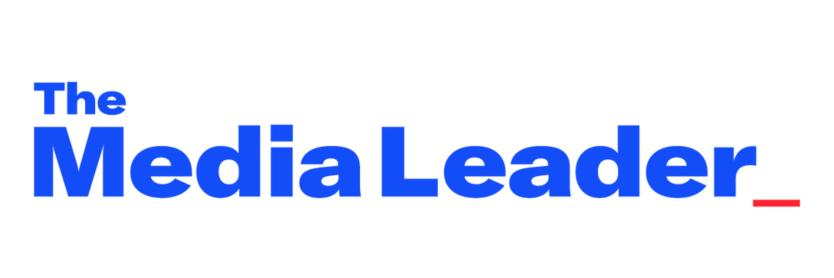Snap turns to chat inbox in advertising push

In a letter to Snap staff, CEO Evan Spiegel announced the social media company is experimenting with two new ad placements to help drive better return on investment for advertisers.
Sponsored Snaps will make “the core functionality” of Snapchat — its chat feature — accessible to advertisers for the first time. The ad placement will appear in the chat inbox as a new Snap (albeit one delivered without a push notification).
Spiegel hinted that, as it develops Sponsored Snaps, the company will seek to enable more messaging features to advertisers, such as generative AI and customer relationship management integrations.
The second ad placement, Promoted Places, will allow businesses to use Snap’s Map feature to “reach incremental customers who are exploring places nearby”.
A release date was not revealed for either new ad placement.
Other developments
Meanwhile, Snap will begin streamlining the provision of actionable insights to advertisers, including “privacy-safe” information about store visitation and interactions with Lenses and public content posts.
“Today, many of these insights are only accessible through disparate tools that made it harder to serve our advertising partners,” said Spiegel. “Bringing these insights together into a single, self-serve tool and helping convert them into actionable recommendations will allow us to demonstrate the power of our differentiated platform to advertisers.”
Snap is also testing a “simplified version” of Snapchat, with the aim of improving accessibility, usability, app performance and load times. That said, Spiegel noted that the company would be “thoughtful and deliberate” about potentially rolling out any such significant changes.
Analysis: Addressing investor concerns
In the letter, Spiegel explained that, despite Snap’s recent growth in revenue and improved cash flow, the company’s share price performance has lagged because “our advertising business is growing slower than our competitors”.
Shares of Snap are down over 45% year to date, with the stock remaining highly volatile over the past four quarters.
Spiegel said: “Investors are concerned that we aren’t growing faster. Our lower growth rate reflects the ongoing evolution of our advertising business from one primarily driven by a small number of large customers spending against brand-oriented upper-funnel goals to one that has a greater balance among different advertiser types and goals, with a much larger number of small and medium-sized customers who are bidding against lower-funnel goals.”
Snap began more aggressively targeting small and medium-sized businesses (SMBs) in the past year.
In Q1, it reported the number of SMB advertisers on Snapchat increased 85% year on year. In Q2, the company revealed that the number of total advertisers that had purchased an ad on Snap had doubled year on year, in part thanks to improved outreach to SMBs and new automation tools that “reduce the friction” of spending on Snap.
‘Volatile’ brand advertising on Snap spooks investors despite SMB progress
Last month, Snap also partnered with product performance management tool ROI Hunter to provide lower-funnel marketers more tools to measure their ad performance.
Spiegel called lower-funnel revenue “stickier”, “more predictable” and “stable” compared with upper-funnel revenue. A lack of “stickiness” with advertisers was cited by analysts on Snap’s latest earnings call as a core concern for the company’s business model.
“As we look ahead to 2025, we need to grow our lower-funnel business even faster while simultaneously reaccelerating the growth of our upper-funnel business,” he continued.
Aligning communications and business strategies
Apart from satisfying business goals, placing more commercial emphasis on Snapchat’s chat function will also align its business and communications strategies more closely.
Since the start of 2024, Snap has been promoting a marketing campaign that seeks to emphasise Snapchat’s role in creating positive opportunities to socialise online.
The work debuted after Spiegel was grilled by US senators over potential online harms on the app and its competitors.
Its core message — “Less social media, more Snapchat” — has tried to distinguish the platform from instances of online toxicity, hateful speech and potential harms associated with social media apps by emphasising the ways that users interact with Snapchat.
As Spiegel described: “Unlike our competitors, we offer a lot more than a content platform. People use Snapchat to communicate with their friends and family, use our camera and Lenses, peruse their Memories, see what their friends and family are up to on the Snap Map, and more.”
Yet much of Snap’s current business, especially for advertisers in the long tail, is driven by similar features found on other social apps, such as Snapchat’s TikTok-like short-form video feed Spotlight.
Given many users primarily use Snapchat as a way to message friends, adding a new way for advertisers to reach users in chats could help to not only provide a boost to revenue, but also promote to brands what it is already promoting to users.
Social media companies don’t want to be ‘social media’ any more

À lire plus tard
Vous devez être inscrit pour ajouter cet article à votre liste de lecture
S'inscrire Déjà inscrit ? Connectez-vous









